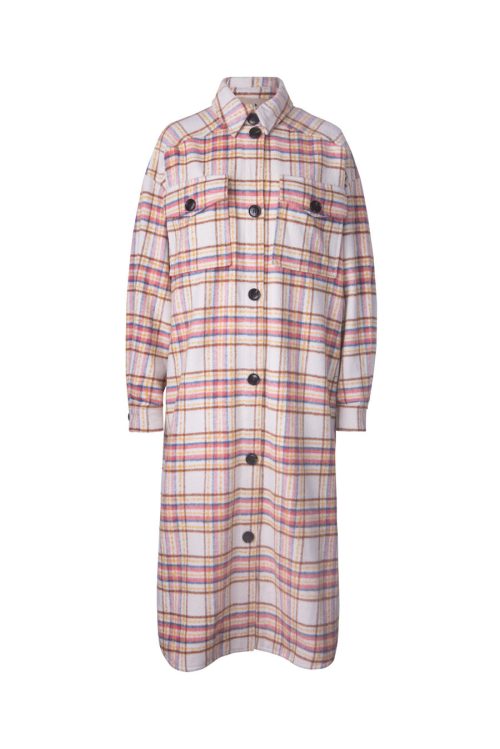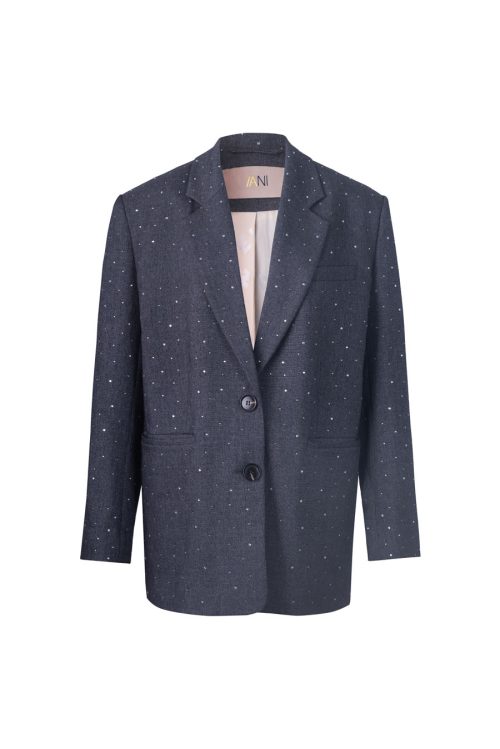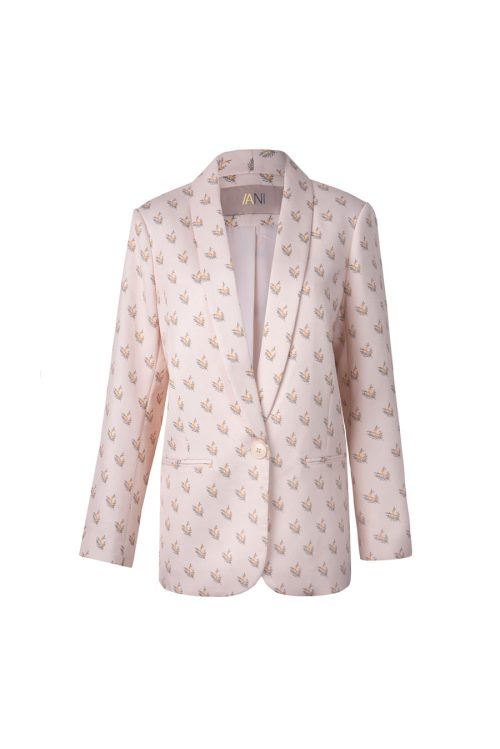
Introduction to OEM Brand Clothing
OEM, or Original Equipment Manufacturer, brand clothing represents a pivotal strategy for fashion brands aiming to deliver high-quality, customized apparel without the overhead of running their own factories. This approach not only streamlines production processes but also opens a world of opportunities for brands to innovate and excel in a competitive market. By partnering with an OEM manufacturer, brands can leverage the extensive experience, advanced technology, and skilled labor available, especially in hubs like Shanghai, known for their superiority in garment production.
The Process of OEM Manufacturing
The journey of creating an OEM brand clothing line is meticulous and structured. It begins with a brand conveying its design vision and specifications to the manufacturer. This phase is critical for ensuring the end product aligns perfectly with the brand’s identity and market expectations. Following this, the production process encompasses several stages, including prototype development, sampling, and adjustments based on feedback. A stringent quality control and assurance protocol is paramount throughout, ensuring that each piece meets the high standards set by the brand.
Key Advantages of OEM for Fashion Brands
The decision to opt for OEM manufacturing comes with a host of benefits. Cost efficiency is among the top advantages, allowing brands to allocate resources more effectively while still ensuring product excellence. Additionally, the customization and flexibility offered through OEM enable brands to experiment with designs and adapt to market trends rapidly, a critical factor in the fast-paced fashion industry.
Navigating the OEM Supply Chain
Managing an OEM supply chain requires strategic planning and coordination. Brands must work closely with their manufacturing partners to source the right materials, ensuring quality and sustainability. Production timelines are another crucial aspect, with effective communication and planning needed to meet launch dates and seasonal demands.
OEM Brand Clothing: Case Studies
Through examining case studies of successful fashion brands that have utilized OEM manufacturing, we can glean valuable insights and best practices. These real-life examples highlight the strategic decisions, challenges faced, and innovative solutions that have led to market success and brand growth.
Future Trends in OEM Clothing Production
The OEM clothing production landscape is continually evolving, with technological innovations and a growing emphasis on sustainability shaping its future. Advances in manufacturing technology, such as 3D printing and automated sewing, are set to revolutionize the industry, while eco-friendly practices are increasingly becoming a priority for both manufacturers and brands.
FAQs on OEM Brand Clothing
Here, we’ll address common questions related to OEM brand clothing, providing clarity and further insight into this dynamic segment of the fashion industry.
Conclusion
OEM brand clothing offers a strategic advantage for fashion brands looking to stand out in a crowded market. By leveraging the expertise, cost benefits, and flexibility of OEM manufacturing, brands can achieve their vision with efficiency and precision. As the industry moves forward, the continued innovation and adaptation of OEM practices will undoubtedly play a crucial role in shaping the future of fashion.




